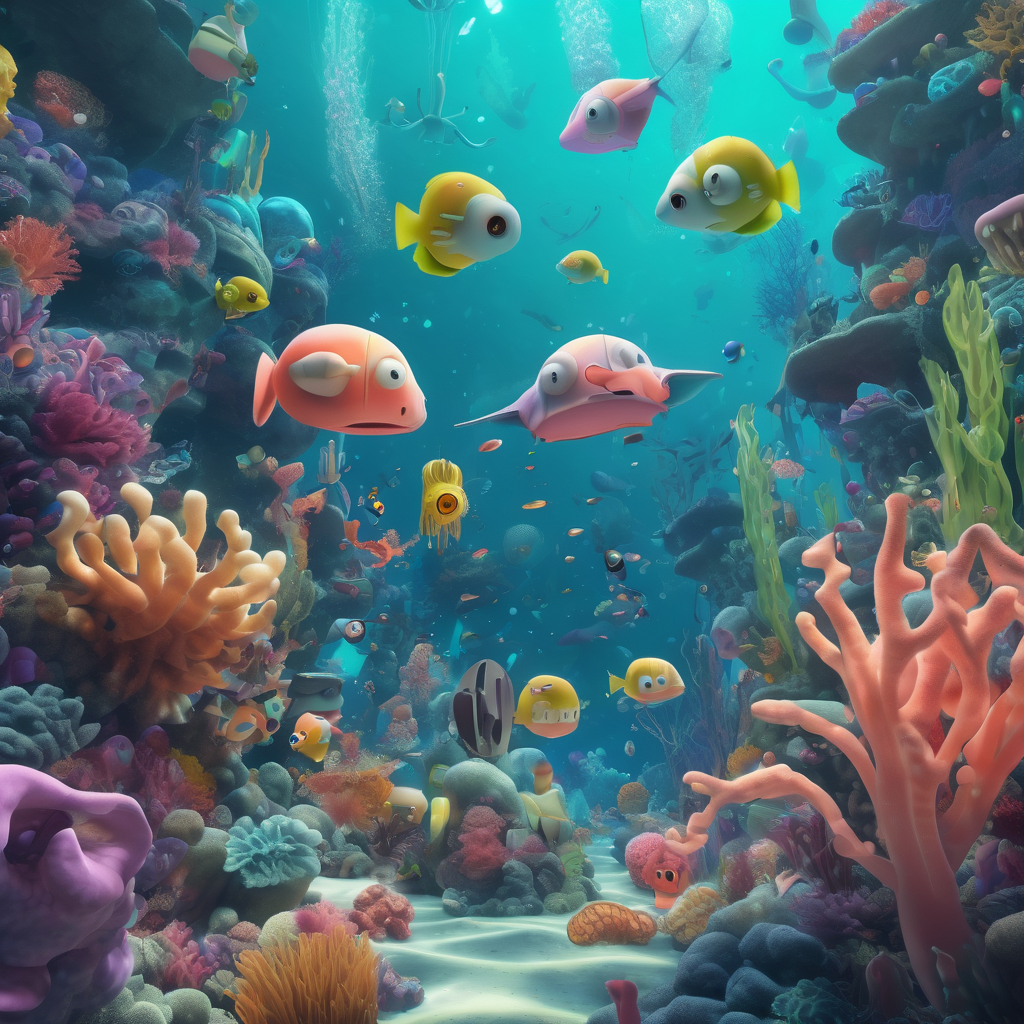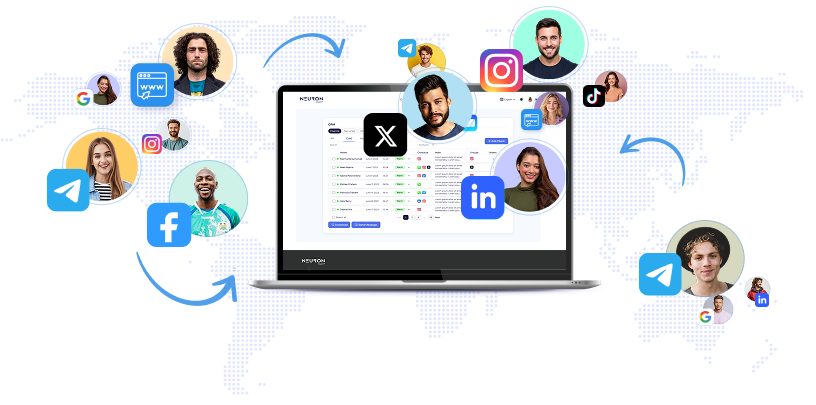
This week, OpenAI launched Sora 2, the highly anticipated next-generation generative AI video model, available as a standalone iOS app on an invite-only, free basis—unfortunately, no Android support yet. After scoring an invite, I’ve been exploring the app and creating videos (even earning money doing so). My impressions are mixed: the technology is undeniably impressive, and the app is fun to browse, yet some content invoked unease. Sora 2, developed by OpenAI (the makers of ChatGPT), creates videos with synchronized dialogue and audio from natural language prompts. It stands as a true competitor to Google’s Veo 3, which has dominated AI video generation since its debut earlier this year. In contrast, Meta's Llama or Grok Imagine tools lag behind, though Meta may gain an edge using Midjourney technology. Like Veo 3, Sora 2 largely produces viral memes and short-form videos akin to TikTok—featuring humorous scenarios like a Golden Retriever arrested for shoplifting steaks or a kangaroo stopped at airport security. These seem amusing but highlight the fine line between entertainment and the app’s potential misuse. The better Sora 2’s video realism, the greater the risks of deepfakes and misinformation, a concern amplified by the app’s quality. However, OpenAI’s content safeguards outshine those in Elon Musk’s Grok Imagine, which has been criticized for lax moderation and offensive sexual deepfakes. Sora 2 blocks videos featuring any detected faces unless created through its Cameos feature—allowing likeness use only with the subject’s consent. Attempts to craft videos of public figures like Taylor Swift were denied, underscoring its stronger protections. Cameos, a standout Sora 2 feature, lets users opt in or out of having their likeness used and can grant access to contacts, specific users, or the public. The feature has sparked a flood of videos featuring OpenAI CEO Sam Altman’s likeness. I tried making a video of myself, which oddly captured my appearance well but not my voice—seeing yourself say or do fabricated things is unsettling but increasingly normal in this AI era. Sora 2 and Veo 3 remain in a league of their own, capable of producing realistic videos with matching dialogue and sound.
Sora can generate content in diverse styles—from fake police body-cam footage to ’90s commercials and sports broadcasts—that don’t immediately appear AI-generated. A detailed comparison between Sora 2 and Veo 3 is forthcoming, but Sora 2 lives up to its hype better than GPT-5. On the intellectual property (IP) front, Sora 2 appears to play fast and loose. Despite ongoing legal battles over AI use of artist and IP material (such as Disney’s lawsuit against Midjourney for “bottomless plagiarism”), the U. S. government currently leans toward supporting the AI industry’s use of IP, viewing restrictions as impractical in the AI arms race. Thus, copyrighted characters from SpongeBob Squarepants, Star Wars, and Rick & Morty are freely appearing in viral AI videos. When asked, OpenAI declined to confirm if it holds licensing agreements with rights holders like Warner Bros. The app’s content often recycles public speeches or beloved pop culture references into viral memes—such as Martin Luther King Jr. ’s “I have a dream” speech humorously altered to discuss Xbox Game Pass pricing. SpongeBob memes dominate, likely reflecting millennial users’ nostalgic affinity. While public figures and characters have long been meme fodder, the ease of creating realistic AI videos greatly amplifies potential for misinformation or outrage, especially amid ongoing culture wars. OpenAI maintains users enjoy creative freedom but allows IP holders to file takedown requests; however, there is no broad opt-out for IP. Early users should expect frequent “We’re under heavy load, please try again later” errors due to huge demand. This mirrors early days of OpenAI’s ChatGPT image generation rollout, making it difficult to exhaust video creation credits. Among Sora 2’s features, I particularly like the video album functionality—allowing users to scroll sideways through alternate versions of a video, revealing subtle prompt tweaks. It’s a nifty, engaging way to explore creative possibilities. Ultimately, Sora 2 is as addictive as other short-form video apps—easy to get lost scrolling endlessly. While the technology is impressive, better AI-generated “slop” remains slop, regardless of likes. Disclosure: Mashable’s parent company, Ziff Davis, filed a lawsuit against OpenAI in April alleging unauthorized use of copyrighted materials in training its AI systems.
OpenAI Launches Sora 2: Next-Gen AI Video Model with Advanced Features and Mixed Reactions


Kuaishou's Kling AI is a groundbreaking video generation tool launched in June 2024 by the Chinese tech company Kuaishou.

OpenAI has quickly become a key influencer in the stock market, significantly shaping the growth of the artificial intelligence (AI) economy.

The United States Senate has recently approved the 'GAIN AI' legislation as part of the National Defense Authorization Act (NDAA), which would mandate AI chip manufacturers like Nvidia and AMD to prioritize chip orders from American companies over exports, especially to China and its allies.

Editor’s note: This article is co-authored by Bart Willemsen and Penny Gillespie, VP Analysts at Gartner.

The Microsoft Advertising blog recently published a post about how to optimize content for AI Search Answers.

Trupeer is a US-based technology company specializing in advanced artificial intelligence (AI) software that automates the creation of business videos and documentation.

Adobe has introduced a new suite of AI agents tailored specifically for the complex business-to-business (B2B) market, aiming to simplify how companies sell to other organizations.
Automate Marketing, Sales, SMM & SEO

and get clients on autopilot — from social media and search engines. No ads needed
and get clients today